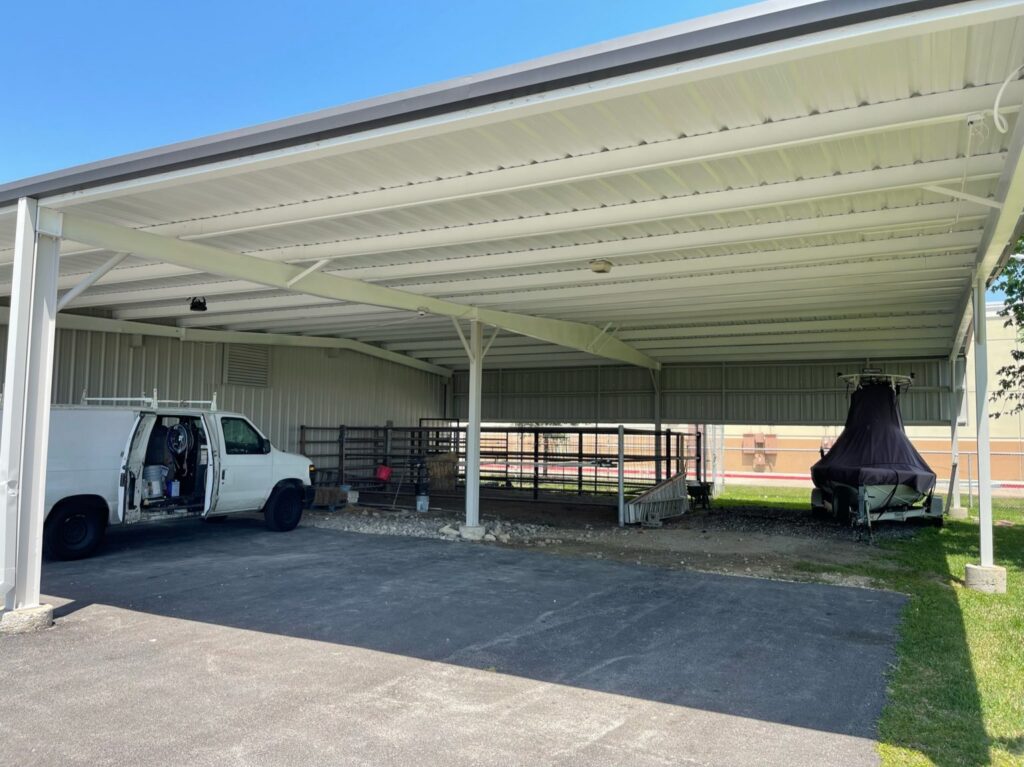A fresh coat of paint can breathe new life into any commercial space, but maintaining that pristine finish requires care and knowledge. For property managers, facility managers, and building owners, understanding how to clean newly painted walls without damaging them is crucial. This guide will walk you through the essential steps of post-painting care, from the initial waiting period to gentle cleaning methods and long-term maintenance strategies. By following these best practices in commercial painting projects, you’ll ensure your walls remain vibrant and protected, enhancing the overall appearance and value of your property for years to come.
The Waiting Game: Allowing Paint to Fully Cure
Understanding Paint Curing Time
After a fresh coat of paint is applied to your walls, it’s crucial to understand the difference between drying and curing. While paint may feel dry to the touch within hours, it can take much longer to fully cure. Curing is the process where the paint reaches its maximum hardness and durability.
Several factors influence curing time, including paint type, humidity, and temperature. Oil-based paints typically take longer to cure, often 7-10 days, while latex paints may cure in 3-7 days. However, these times can vary significantly based on environmental conditions.
Patience is key during the curing process. Rushing to clean or hang items on newly painted walls can lead to permanent damage. Premature cleaning may result in streaks, discoloration, or even removal of the paint itself.
Signs That Paint Has Fully Cured
To determine if your paint has fully cured, look for consistent color and sheen across the entire surface. Perform a gentle touch test; the paint should feel firm, not tacky or soft. Another indicator is the dissipation of paint odor.
Gentle Cleaning Techniques for Fresh Paint
Essential Cleaning Tools and Materials
When it comes to maintaining newly painted walls, having the right tools is crucial. Start with soft, lint-free cloths or sponges to avoid scratching the paint surface. Choose mild, pH-neutral cleaning solutions that won’t react with the paint or leave residue. Microfiber dusters are excellent for initial dry cleaning, effectively capturing dust without damaging the finish.
Keep a bucket of clean water handy for rinsing your cleaning tools and diluting solutions. Don’t forget to protect yourself with gloves and eye protection, especially when working with cleaning agents or reaching high areas.
Dry Cleaning Methods
Always begin the commercial painting cleaning process with dry methods. This approach is gentler on the paint and can often remove a significant amount of dust and debris without the need for moisture. Use a microfiber cloth or duster, working from top to bottom in smooth, overlapping strokes to ensure you don’t miss any spots.
For cobwebs and loose dust in corners, use a soft-bristled brush or a vacuum cleaner with a brush attachment. To address static electricity on walls, which can attract and hold dust, consider using an anti-static spray designed for painted surfaces. Dry cleaning is generally sufficient for routine maintenance, but switch to wet cleaning for more stubborn dirt or stains.
Spot Cleaning Techniques
In commercial painting settings, common spot stains might include fingerprints, food splatters, or ink marks. Before tackling any stain, test your cleaning method in an inconspicuous area to ensure it won’t damage the paint. Start with the mildest cleaning solution possible, usually just warm water, and progress to stronger solutions only if necessary.
For spot cleaning, follow these steps: dampen a soft cloth with your cleaning solution, gently blot the stain without rubbing, and then use a clean, damp cloth to remove any residue. Always dilute cleaning solutions properly to avoid leaving a film on the wall. Remember, gentle blotting is key to preserving the paint finish while effectively removing stains.
Long-Term Care and Maintenance
Regular Cleaning Schedule
Maintaining a consistent cleaning routine is crucial for preserving the appearance and longevity of your newly painted walls. In commercial spaces, the frequency of wall cleaning can vary depending on the type of environment and foot traffic. High-traffic areas may require weekly attention, while less frequented spaces might need monthly care.
Creating a commercial painting maintenance calendar tailored to different areas of your facility ensures that no section is overlooked. This proactive approach helps prevent the buildup of dirt and grime, which can be more challenging to remove if left unattended. Prompt stain removal is essential, as allowing stains to set can lead to permanent damage or discoloration.
Seasonal considerations should also factor into your cleaning schedule. Spring and fall are ideal times for more thorough wall maintenance, addressing issues that may have arisen during extreme weather conditions. Training staff on proper wall cleaning techniques is vital to ensure consistency and prevent accidental damage to the paint finish.
Preventive Measures
Implementing preventive measures can significantly reduce the need for frequent cleaning and touch-ups. Installing corner guards in high-traffic areas protects walls from scuffs and impacts caused by carts, equipment, or foot traffic. Similarly, chair rails act as a barrier between furniture and walls, preventing unsightly marks and scratches.
Proper placement of artwork and signage is another crucial aspect of wall protection. Use appropriate hanging methods and consider the potential for damage when selecting locations. Addressing humidity and moisture issues is essential, as excess moisture can lead to paint bubbling or peeling.
Preserving Your Investment
Maintaining your newly painted walls is crucial for protecting your property’s value and appearance. Proper care begins with allowing adequate curing time, followed by implementing gentle cleaning techniques. Regular maintenance and preventive measures are key to long-lasting results. When faced with extensive cleaning needs, professional commercial painting services provide quality care without risking damage to the paint finish. By prioritizing wall maintenance, property managers ensure their investment continues to enhance the overall aesthetics and functionality of their commercial spaces for years to come. Let’s explore best practices, future trends, and final thoughts to maximize your wall maintenance efforts.




